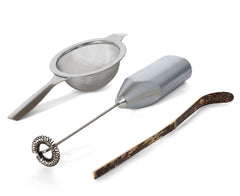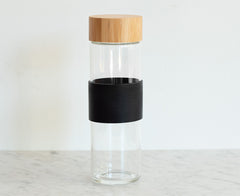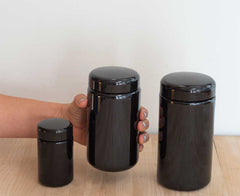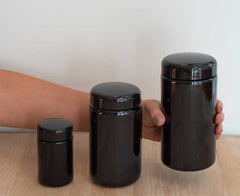Delineation of antimutagenic activity of catechin, epicatechin and green tea extract
Author: Thiraviam Geetha and Amita Garg and Kanwaljit Chopra and Indu Pal Kaur
Tea is consumed worldwide as second largest to water in popularity as a beverage. It has been reported that tea extracts have antibacterial, antiviral, antioxidative, antitumor and antimutagenic activities. The protective effect of green tea has been assumed to be due to the powerful scavenging and antioxidative property of high concentrations of unpolymerised catechins and their gallates. In the present proposal green tea extract (GT), (+)-catechin (C) and (−)-epicatechin (EC) were investigated for their antioxidant activity by different in vitro methods like (i) DPPH assay (ii) superoxide anion scavenging and (iii) hydrogen peroxide scavenging activity. Further these agents were also tested against mutagenesis using the well-standardized Ames microsomal test system. The Ames tester strain Salmonella typhimurium TA102, which readily responds to reactive oxygen species, was used and the antimutagenic activity was evaluated against oxidative mutagens tertiary butyl hydroperoxide (ID50-24.41, 29.63 and 113.23 μg for EC, C and GT, respectively) and hydrogen peroxide (ID50-17.3, 18.4 and 88.1 μg for EC, C and GT, respectively). Ascorbic acid was used as a standard antioxidant in all the experiments. Results indicate that all the three agents possess excellent DPPH free radical scavenging activity (IC50-1.5 μg for EC, 3.45 μg for C and 3.8 μg for GT), good hydrogen peroxide (IC50-11.18 μg for EC, 13.5 μg for C and 11.78 μg for GT) and superoxide anion scavenging (IC50-1.64 μg for EC, 1.74 μg for C and 3.52 μg for GT) activities. Further, they also show antimutagenic activity in the above-mentioned test systems establishing their antioxidant nature to be responsible for such activity. The in vitro antioxidant activity correlates well with the antimutagenic action. (−)-Epicatechin is indicated to be a better agent in comparison to the other two agents (ID50-1.2 times more than C and 5 times more than GT in antimutagenicity studies against t-BOOH and hydrogen peroxide induced mutagenesis). Ascorbic acid however showed a much less activity (ID50-12.1 mg against t-BOOH and 7.2 mg with hydrogen peroxide induced mutagenesis).



